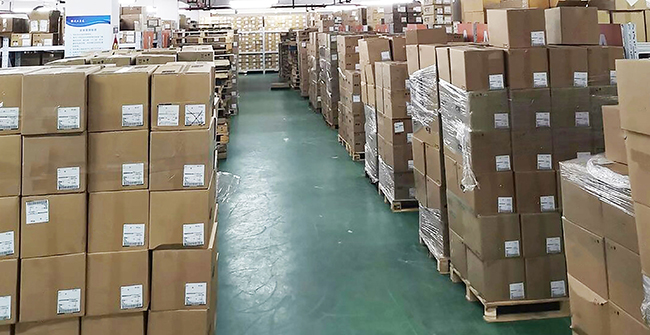Differences and relations between passive components and active components
In electronic circuits, components can be divided into two categories according to their functions and characteristics: passive components and active components. These two types of components have their own unique characteristics and applications, and play different roles in the design and work of electronic systems. The following are the differences and connections between them.As we all know,Texas InstrumentsThe emergence of the market is worthy of many people’s attention, which has aroused the waves of the whole market. https://www.asourcingelectronics.com/product/detail/store/4915492/ref3012aidbzt.html
distinguish
Definition:
Passive components: Passive components refer to components that can only passively respond to input signals without external power supply. Such elements cannot produce gain or signal amplification. Common passive components include resistors, capacitors, inductors and some types of transformers.
Active components: Active components refer to components that need external power supply to drive and can actively control current or voltage. They usually have signal amplification, modulation or switching functions. Common active components include transistors, integrated circuits (IC), diodes and operational amplifiers.
Energy conversion:
Passive components do not generate energy gain, but only passively process the input signal. For example, resistors consume electrical energy, while capacitors and inductors store and release electrical energy.
Active components can provide energy gain, and can control current and voltage by themselves, for example, providing driving for other components or amplifying input signals through power supply.
Function:
Passive components are mainly used for signal storage, filtering, impedance matching and other functions, and do not have the active ability of signal processing.
Active components are used for signal amplification, switching, rectification and modulation, which can realize complex signal processing and control.
contact
Combined use: In electronic circuits, passive components and active components are often used together. Many circuit designs rely on the synergy between them. For example, in an amplifier circuit, active components (such as transistors) may cooperate with passive components (such as resistors and capacitors) to make the whole circuit achieve the expected functions.
Circuit analysis: It is very important to understand the characteristics of passive components and active components in circuit analysis and design. Designers usually need to consider the performance of both to achieve the stability, efficiency and reliability of the circuit.
Signal processing: In signal processing, active components can be influenced by passive components by controlling and modulating the amplitude and phase of the signal (such as the influence of resistance and capacitance on the signal frequency response), thus completing more complex functions and applications.
To sum up, passive components are mainly responsible for the basic functions of signal impedance matching, storage and filtering, while active components play an important role in signal amplification, control and modulation. There is a close relationship between these two types of components, and reasonable design and collocation can realize an efficient and stable electronic system.